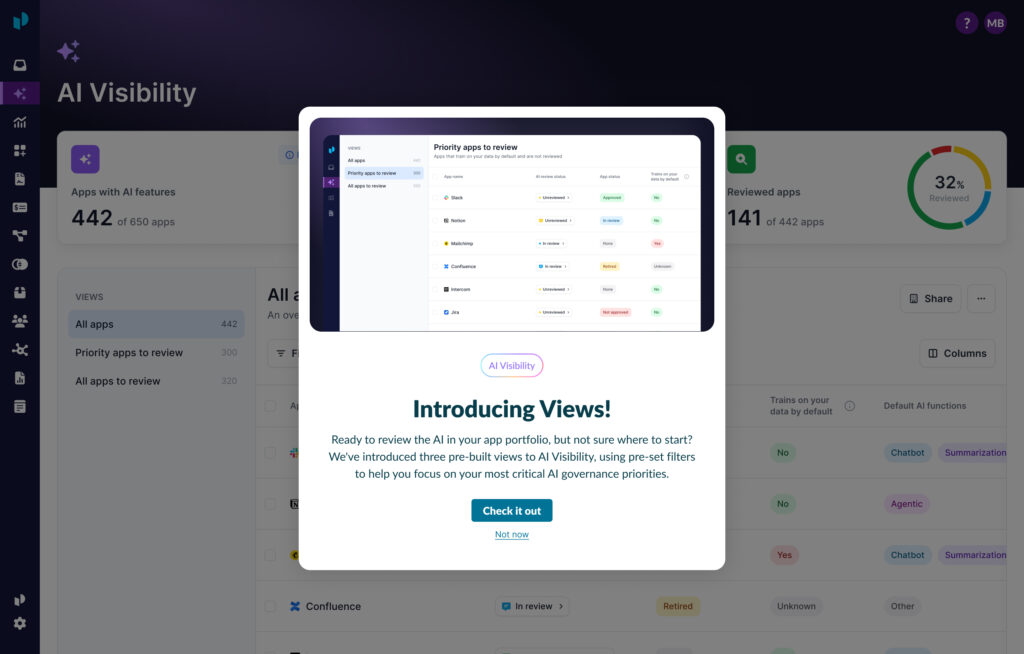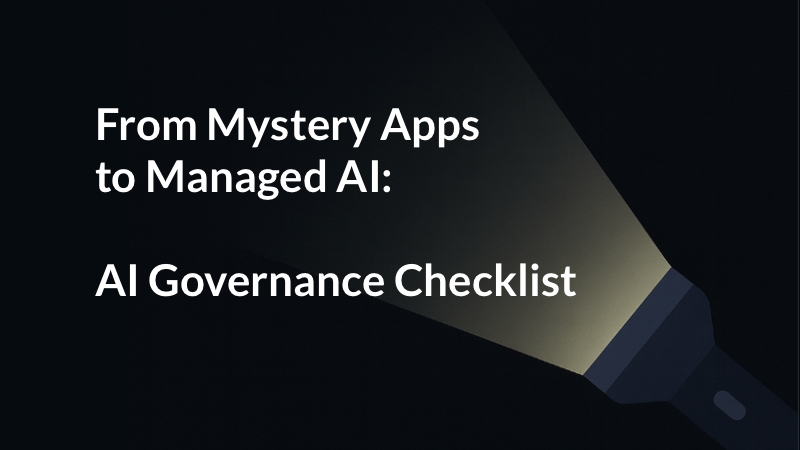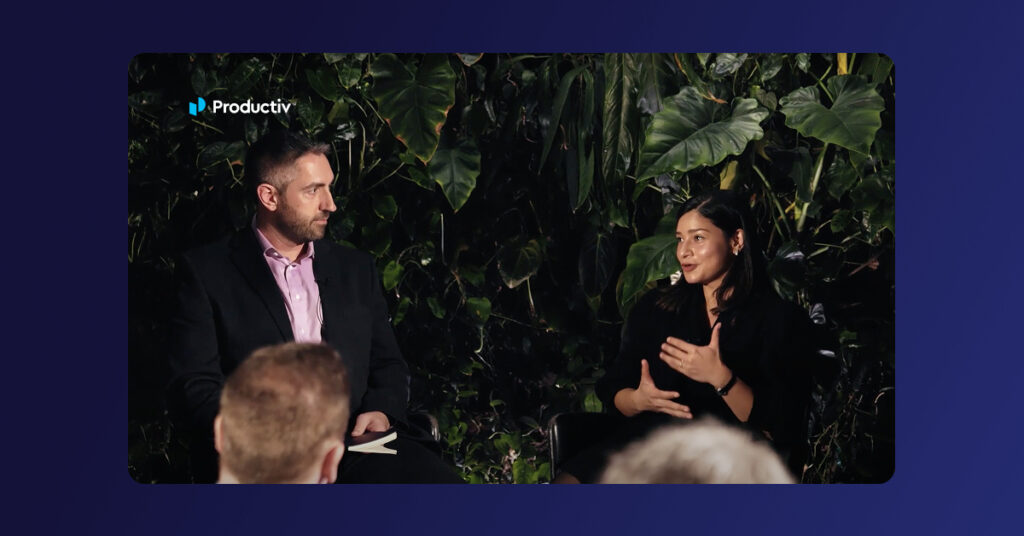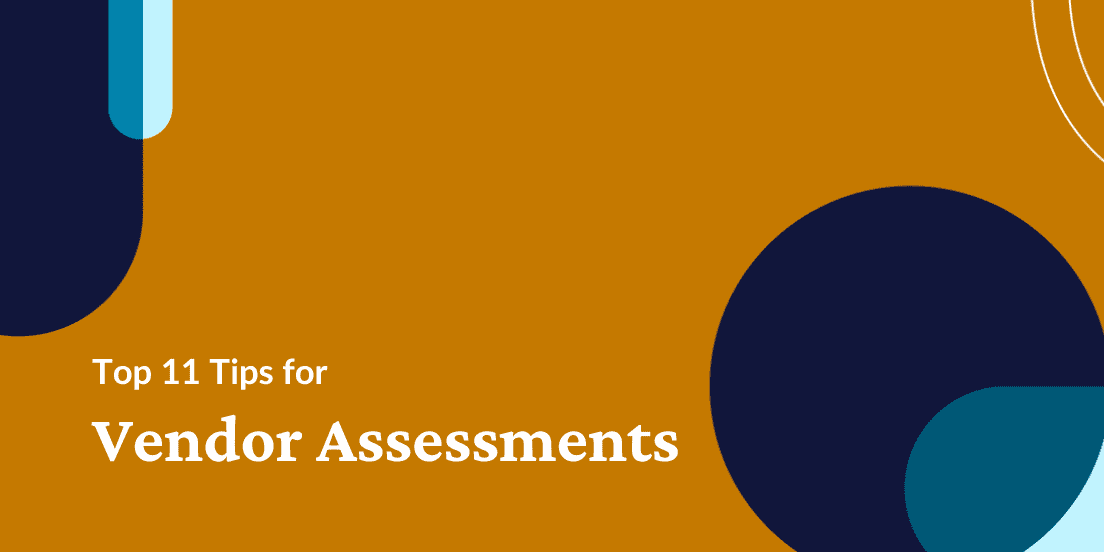
Vendor assessment: Top 11 things to review
Organizations today rely on hundreds of applications from hundreds of different vendors to keep the business running and create competitive advantage. It’s critical to know if you can trust these vendors to run smoothly, keep your data secure, quickly respond to issues, and return value on your investment. That’s where a vendor assessment comes in.
What is a vendor assessment?
A vendor assessment is a process of evaluating and analyzing a third-party vendor’s capabilities, performance, and overall suitability to meet an organization’s specific needs.
Depending on the type of vendor, there will be different criteria you use during an assessment. When it comes to evaluating a SaaS, or software-as-a-service, vendor, you’ll be looking to identify potential risks, such as security vulnerabilities or service interruptions, and determine the vendor’s ability to meet your needs in terms of functionality, reliability, and overall value.
Why is a vendor assessment important?
It can be easy to get dazzled by a fantastic sales pitch or a great set of features backed by an intuitive UI. But there is a lot more under the surface of a SaaS solution you need to be aware of. Great functionality won’t get you very far if the application is always down for maintenance. And any value a tool brings to your team will be quickly overshadowed if that vendor were to lead to a compromise of your internal environment or data. IBM research found that the average data breach in the United States costs a company $9.44 million.
Conducting a vendor assessment provides you with an opportunity to peel back the curtain to more fully understand if a vendor is worth investing in. Here are some of the ways vendor assessments help.

To select the best vendor
Compare similar vendors by evaluating factors such as the vendors’ track records, financial stability, security practices, compliance, and customer support to identify the vendor with the best fit for your organization.
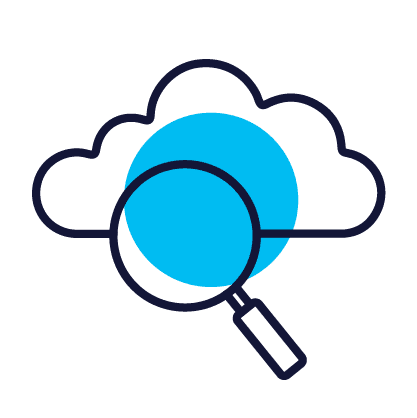
To mitigate risks
In addition to running a vendor assessment to determine the right fit, you should also be conducting a vendor risk assessment. Identify and mitigate potential risks associated with using third-party services by understanding what data or access you’ll be sharing with the vendor and how they’re processes work.
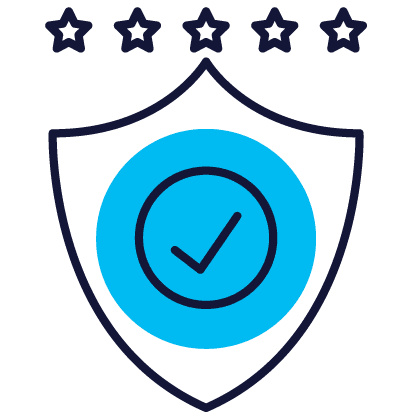
To ensure compliance
Ensure that the vendor’s services comply with relevant regulations and industry standards, such as GDPR, CCPA, or SOC 2, and meet your organization’s data privacy policies. Compliance also relates to risk mitigation, as knowing your organization’s level of compliance with different frameworks can help you understand potential risk exposure.
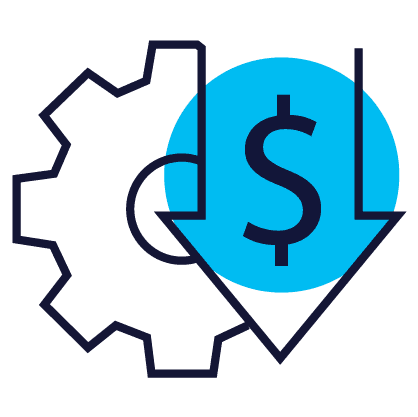
To optimize cost
Understand all of the costs associated with the vendors you are evaluating, so you can select the vendors that provide good value for their services and best align with your budget.
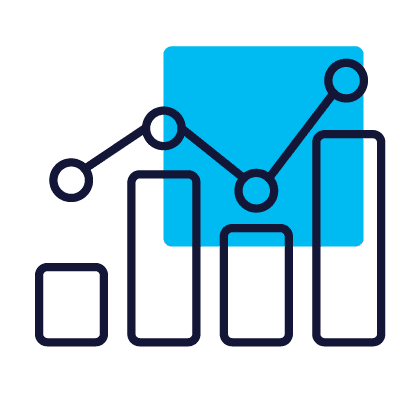
To improve performance
Identify vendors that can provide reliable and high-performing services that meet your organization’s needs in terms of functionality and scalability. Discuss whether the tools you already have are providing the expected value to your teams or if adoption decreased significantly.
When should I do a vendor assessment?
There are several situations in which conducting a vendor assessment is beneficial. Here are the most common scenarios you’ll come across.
When selecting a new vendor
As you’re in the process of selecting a new vendor for a particular service, it is essential to conduct a vendor assessment to evaluate potential vendors’ capabilities and determine the best fit.
When contract renewal is approaching
If a SaaS renewal with an existing vendor is approaching, it’s wise to conduct a vendor assessment to evaluate the vendor’s performance, renegotiate terms if necessary, and identify if other vendors may provide better value. A lot can change in the market, even in just a year!
After significant changes in the vendor’s services
When a vendor introduces significant changes to its services, such as new features, pricing models, or security practices, it is important to conduct a vendor assessment to evaluate the impact of these changes on your organization’s operations and assess whether the vendor is still providing value to your organization.
As part of regular review processes
It is generally a good practice to conduct vendor assessments as part of regular review processes to ensure that the organization’s vendors continue to meet its needs and comply with applicable regulations and industry standards.
Top 11 elements to pay attention to in a vendor assessment
There’s a lot to dig into what it comes to assessing a vendor for functionality and risk. And while some aspects may not seem too important to your team, they’re likely critical to another team at your organization.
To help get everyone on the same page and make sure you leave no stone unturned, we put together a list of the top 11 elements you should be considering when conducting a vendor assessment.
1. Your requirements and desired outcomes
You can’t properly assess a vendor if you haven’t first clearly defined what exactly you need from a tool and what you want it to help you accomplish. Too often, businesses buy the shiny toy and it either fails to meet their needs or there wasn’t really a need for it in the first place. As a result, it goes unused and ends up as shelfware.
2. Vendor track record
Look for a vendor that has a successful track record of providing high-quality services and meeting customer expectations. Review case studies, testimonials, and customer feedback to gain a better understanding of the vendor’s expertise and reputation in the industry.
3. Financial stability
It’s crucial to ensure that the vendor you choose is financially stable and has the resources to support their services in the long term. You can review their financial statements, credit ratings, and industry reports to evaluate their financial health.
4. Security
Protecting customer data should always be a top priority, so make sure to verify that the vendor has strong security measures in place to safeguard your data and prevent unauthorized access. This can include evaluating their data encryption methods, access controls, vulnerability and penetration test results, and incident response procedures.
5. Compliance
Verify that the vendor complies with relevant regulations and industry standards, such as GDPR, CCPA, or SOC 2. This can include reviewing their compliance documentation and conducting a thorough audit to ensure that they meet your organization’s standards.
6. Data Privacy
Data privacy is crucial in today’s business environment, so make sure to review the vendor’s data privacy policies to ensure that they align with your organization’s standards and comply with applicable laws. You should also evaluate their data retention policies, sub-processing agreement, access controls, and breach notification procedures.
7. Service level agreements (SLAs)
The vendor’s SLAs are important to ensure that they provide adequate levels of service availability, performance, and support. Review their SLAs carefully and ensure that they align with your organization’s needs and expectations.
8. Scalability
As your business grows, it’s important to know that the vendor’s services can scale to meet your needs. Make sure to evaluate their ability to scale, including their infrastructure, technology, and support capabilities.
9. Customer support
Good customer support is essential for any vendor, so evaluate their support capabilities carefully. This can include response times, availability, and expertise, as well as their methods for resolving issues and addressing customer concerns.
10. Integration
Verify that the vendor’s services can integrate with your existing systems and applications where needed, and that the integration process is straightforward and secure. This can include evaluating their APIs, documentation, and support for different platforms and technologies.
11. Pricing
Evaluate the vendor’s pricing model to ensure that it aligns with your budget and provides good value for your organization’s needs. Make sure to review all costs associated with the vendor’s services, including setup fees, maintenance costs, and any other fees or charges.
What comes after the vendor assessment?
Here are a few things to consider once you’ve completed your vendor assessment.
Vendor selection and negotiation
Based on the results of your vendor assessment, you should have a shortlist of vendors — or maybe just one — that meet your organization’s needs and standards. Here are some tips for making the selection and negotiating with vendors:
- Review the vendor’s contract terms and negotiate pricing, payment terms, liability terms, and service level agreements (SLAs) to lock in terms you’re comfortable with.
- Be sure to document all negotiations and agreements to avoid misunderstandings or disputes down the line.
- Set clear expectations and timelines for implementation and ongoing support.
Contract management
Once you’ve selected a vendor and signed a contract, it’s important to manage the contract effectively to ensure that both parties are meeting their obligations. Here are some best practices for contract management:
- Regularly review the contract terms to ensure that both parties are meeting their obligations.
- Set up regular meetings with the vendor to review performance and discuss any issues that arise.
- Maintain open lines of communication with the vendor to address any concerns or issues as they arise.
Risk management
SaaS risk management is an ongoing process that should be integrated into your vendor management strategy. Here are some tips for managing risks associated with your vendors:
- Identify and assess potential risks associated with working with a particular vendor.
- Develop mitigation strategies to address those risks, and regularly review and update those strategies as needed.
- Establish a contingency plan, such as an exit strategy, in case the vendor fails to meet your organization’s needs or obligations.

What does a SaaS Management Platform look like?
How does a SaaS Management Platform help with vendor assessments?
A SaaS Management Platform, or SMP, is a software solution that helps organizations manage their applications by providing visibility, control, and automation to improve governance, rationalize spend, and streamline procurement. There are many features of an SMP that can help you assess vendors.
Centralized visibility
SaaS Management Platforms enable you to identify and discover the SaaS applications that employees are using across your organization. From a centralized dashboard, you can easily see all of your applications and vendors in one place. You can also view the compliance certifications associated with those vendors
Data and insights
Collect data on usage, costs, and vendor information, such as security certifications and compliance with regulations. This enables you to understand the value your organization is getting from each vendor.
Centralized contract management
Having all of your SaaS contracts in one place makes it easier to track vendor performance, monitor contract terms, manage vendor communication, and identify relevant internal stakeholders associated with contracts. This helps you ensure that vendors are meeting their contractual obligations and delivering value for your organization.
Streamlined SaaS procurement
An SMP can help streamline many of the processes associated with SaaS procurement, so you can spend more time assessing vendors and driving stronger negotiations. The right platform will provide automated workflow for software intakes and renewals, surfacing license recommendations and pricing benchmarks along the way to provide insights into costs. Stakeholders can also upload vendor intelligence, including vendor risk assessments for teams to review prior to negotiation.
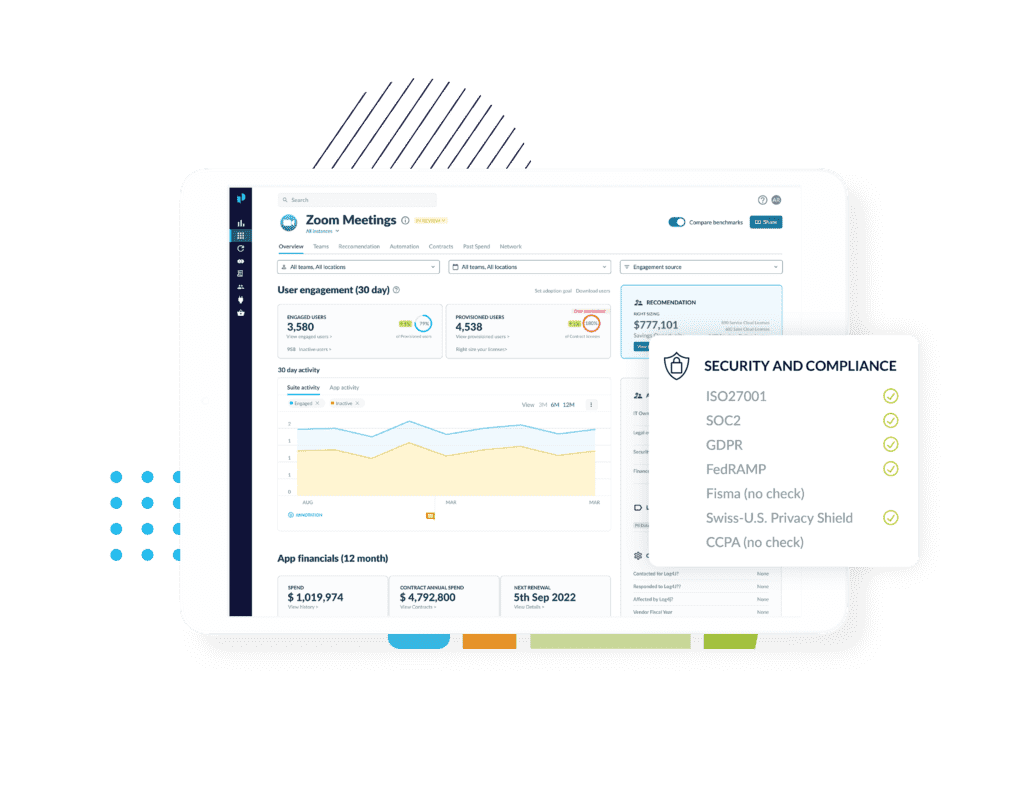
About Productiv:
Productiv is the only SaaS Management Platform built for bringing teams together. From new purchase requests to renewals, and everything in between, Procurement, Finance, and IT work in Productiv to align around trusted data, get AI powered insights, collaborate, make smarter decisions, and have confidence in every investment, at scale.
Learn more today.

What does a SaaS Management Platform look like?
About Productiv:
Productiv is the IT operating system to manage your entire SaaS and AI ecosystem. It centralizes visibility into your tech stack, so CIOs and IT leaders can confidently set strategy, optimize renewals, and empower employees.

